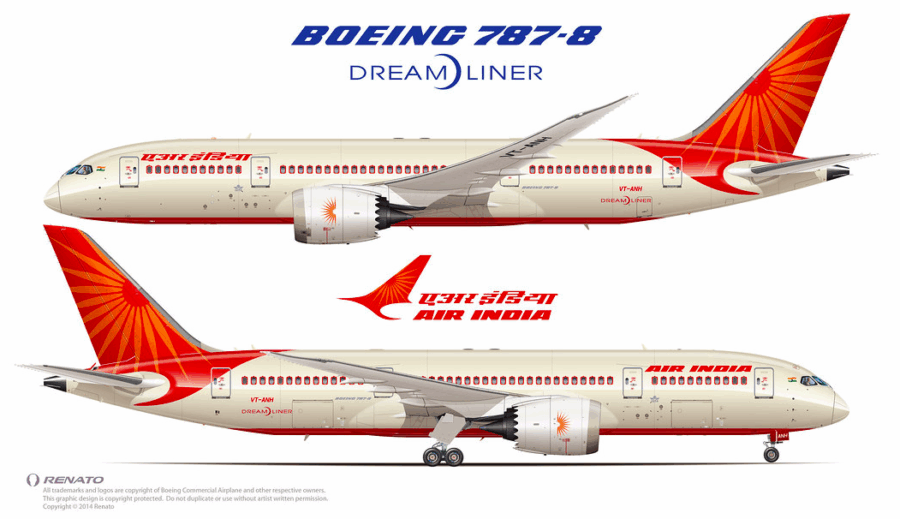Air India Crash Puts Boeing 787 Dreamliner Safety Under Global Scrutiny

The recent crash of Air India Flight 171 has reignited concerns over Boeing’s 787 Dreamliner, marking the aircraft’s first fatal accident since entering service in 2011. The tragedy, which claimed more than 270 lives, has placed the Dreamliner at the center of a growing safety debate.
The incident comes just weeks after Boeing agreed to a $1.1 billion settlement related to the 737 Max crashes, and now the spotlight is shifting to the Dreamliner. While the cause of the Air India crash remains under investigation, experts note that multiple factors—including pilot error, mechanical failure, or maintenance lapses—could be involved.
Mounting Concerns Over Dreamliner Safety
Although the Dreamliner has maintained a strong safety record for over a decade, it has long been the subject of whistleblower complaints and manufacturing quality concerns. Reports have cited issues such as drilling debris, composite material deformation, and substandard assembly practices. Despite these warnings, the aircraft had avoided any fatal incidents—until now.
Just days before the crash, American Airlines grounded a premium-configured 787-9 due to serious maintenance issues. Earlier this year, another Dreamliner—identical to the one involved in the Air India crash—reportedly made four emergency landings in less than a month.
A Critical Moment for Boeing
The timing of the crash is especially damaging for Boeing, occurring just ahead of the Paris Air Show, a key event for securing global aircraft orders. The company, already reeling from production delays, regulatory scrutiny, and financial losses exceeding $35 billion since 2019, now faces renewed questions about its safety culture and quality control.
Boeing has pledged full cooperation with India’s Aircraft Accident Investigation Bureau, while U.S. agencies including the NTSB and FAA are also involved in the probe. The aircraft in question, a Boeing 787-8 Dreamliner, had logged over 41,000 flight hours and nearly 8,000 takeoffs and landings since its delivery in 2014.
As the investigation unfolds, the Dreamliner—once hailed as a technological marvel—may now become a symbol of Boeing’s broader challenges in restoring public trust and operational integrity.
Timeline: Boeing’s Turbulent Track Record and Air India Flight 171 Crash
- 2011 – Boeing 787 Dreamliner enters service.
- 2013–2020 – Whistleblowers raise concerns about manufacturing flaws and quality control.
- March 2019 – Global grounding of the Boeing 737 Max after two fatal crashes.
- May 2024 – American Airlines grounds a 787-9 due to maintenance issues.
- Early 2025 – Identical Dreamliner to the one later involved in Air India crash makes four emergency landings in one month.
- May 2025 – Boeing posts a total of $35 billion in losses since 2019.
- June 2025 (Paris Air Show week) – Air India Flight 171 crashes shortly after takeoff; over 270 fatalities. First fatal crash of a 787.
- Post-crash – Global aviation authorities begin investigations. Scrutiny intensifies on the 787 program.
Related News: https://airguide.info/?s=boeing+787, https://airguide.info/category/air-travel-business/travel-health-security/safety/
Sources: AirGuide Business airguide.info, bing.com, wsj.com, cbs.com
